
Cognac, Brandy or Armagnac?
Should I give Brandy or Cognac…and what is Armagnac? Have you asked yourself this question when you want to give that alcoholic beverage as a gift (especially when you have so many other choices)? Check out some of our other articles on wine, spirits and beer.Note: Before this decision is even made, make sure that whomever you’re giving this gift to will have no religious, or personal reasons to abstain from alcohol. This could be a potentially embarrassing situation when they open your present. Hopefully if he/she is using gyftit.com you will have this information.
What are the differences? Ironically, all three are brandies, and actually have their origin from distilling wine, but not all brandies are Cognac! We won’t go into great detail (the Internet is full of articles on this) but here are some facts.
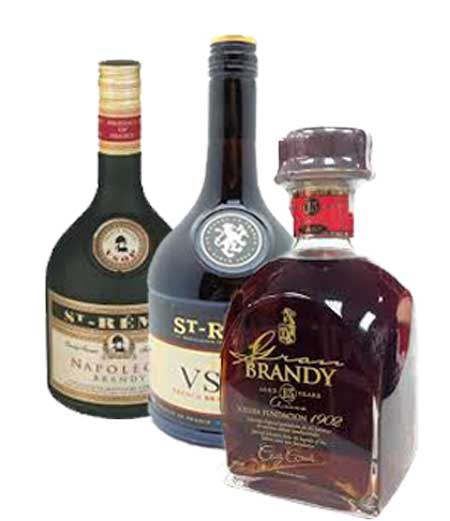
Brandy is an alcohol made from fermenting fruit juices — you name the sweet fruit, and a brandy can be made from it. However, we generally assume that brandy is made from grapes.
A brandy can only be called a Cognac if it is made in the Cognac region of France and same for Armagnac produced in the Armagnac region in Gascony (southwest France). Interestingly, Cognac has always been made for export. Only 5% of the French drink Cognac — it is mostly a British drink. As brandies go, we also have Italian Grappa, Spanish brandy and apple-based Calvados from the Normandy region. When you say brandy, Cognac or Armagnac most people view them as the French alcoholic beverages. Cognac, and its much lesser known cousin Armagnac, basically are both brandies.
You can impress a Cognac connoisseur by gifting them a bottle of Armagnac. Some say it is the oldest distilled spirit in Europe. Armagnac has a richer depth than Cognac.

It was created over 500 years ago but because of a bad location to market the brand, English and Dutch merchants chose to buy the easier to get Cognac and ignored the latter. For drinkability, the relatively inexpensive 7 year-old “Chateau de Tariquet VSOP” is hard to beat.
Cognac and Armagnac are usually far more expensive than your ordinary brandy, but there are also brandies that are exceptional and expensive (but since you can make brandy from any sweet fruit it should be surmised that you can find more lower priced brandies than Cognacs).
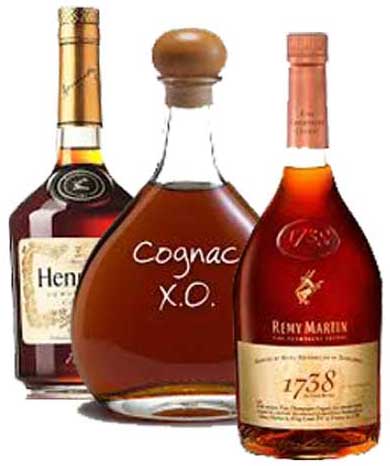
You can buy a one hundred-year-old “Henri IV Dudognon Heritage Cognac Grande Champagne” in a twenty-four carat gold and sterling silver bottle studded with seven thousand diamonds for only $1,900,000. (Yes, almost 2 million!) If you just want an expensive Cognac then — if you can find one — the “1858 Cuvee Léonie” bottle is probably the world’s most expensive Cognac at over $156,000 because of its rarity.
Look at the label on the bottle and its price. The more costly means it's probably a better brandy. In most countries these bottles are packaged in gift baskets along with glasses, which makes it easier to purchase as a gift, but can be misleading as to the quality of the bottle.
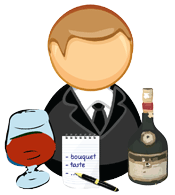
To determine the age and quality of the bottle, read the label.
This means “very special” and has aged at least a minimum of two years.
This means aged at least 4 years if not longer.
“Very superior old pale” is aged a minimum of four years and superior to a V.O.
“Xtra old” also known as “Hors d’Age” or “Napoleon” and is the most expensive and aged (as of April 2018, this will be 10 years old)
Some vintage Cognacs may have the year the grapes were grown as a designation and these bottles are strictly regulated. (Don’t worry if you can’t find a designation. All Cognacs must be at least two years old.)
Along with your chosen bottle, a nice touch is to include a set of glasses. It is said that to fully appreciate any drink it must be sipped from the proper glassware. When referring to brandy, Cognac or Armagnac there are two glasses that fit this description.


The Tulip glass: A glass that resembles its namesake, this concentrates the vapors near the lip of the glass and maximizes the bouquet for full enjoyment. Most experts agreed this glass is the best for brandy aficionados.
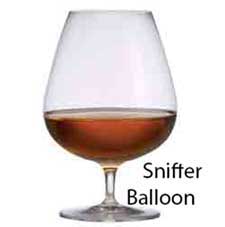
The brandy snifter or Balloon glass: This is usually a short-stemmed, wide-bodied glass with a narrow rim. These are popular but tend to dissipate the spirit's aroma.
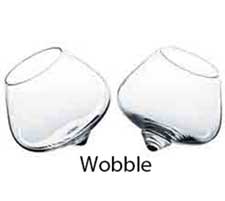
The Wobble glass: A trendy glass that is becoming popular and replacing the snifter. It is used mostly for whiskey drinkers and it does exactly as its name — it wobbles your drink. A convex bottom keeps the glass tilted at rest (drinkers like to fidget it and watch their drink go round and round). For more detail watch this Youtube video at wobbly whiskey glasses.
For more information see Liquor.com also see Cognac-expert.com and Drinkmemag.com. Check out the various brands.
Here is just a partial list of brandies, Cognacs and Armagnacs that are available (not necessarily in all countries).

E&J
Website

Grappa
Website

Heaven Hill bonded Brandy
Website

Hiram Walker Brandys
Website

Honey Bee Brandy
Website
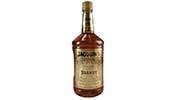
Jacquin's Brandys
Website
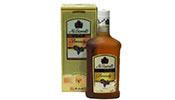
McDowell’s
Website
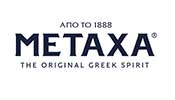
Metaxa (Greek Brandy)
Website
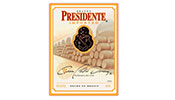
Presidente Brandy (Mexico)
Website

Camus Elegance XO
Website

Courvoisier
Website
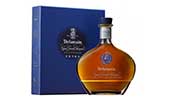
Delamain
Website

Hennessy
Website
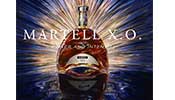
Martell Cognac
Website

Rémy Martin
Website

Meukow XO Extra Old Cognac
Website

Antique XO Premier Cru Cognac
Website
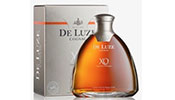
De Luze XO Fine Champagne Cognac
Website
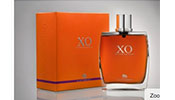
A. de Fussigny XO Fine Champagne Cognac
Website

VALLEIN-TERCINIER
COGNAC
Website
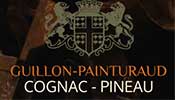
Guillon-Paintur
COGNAC
Website

SCV Château du Tariquet Armagnac
Website

Sempe Napoleon
Website

Delord Bas Armagnac
Website

Chateau de Pellehaut Tenareze Armagnac
Website

Chateau de Laubade Extra Bas Armagnac
Website

Darroze Armagnac Laburthe
Website

Samalens Bas Armagnac
Website

Laberdolive Bas Armagnac
Website

Castarede Bas Armagnac
Website
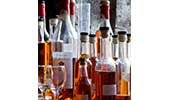
Domaine d'Esperance XO
Website

Clos des Saveurs
Website

Domaine du Cardinat
Website
By JM Pietron
Photo Credits: See Acknowledgements